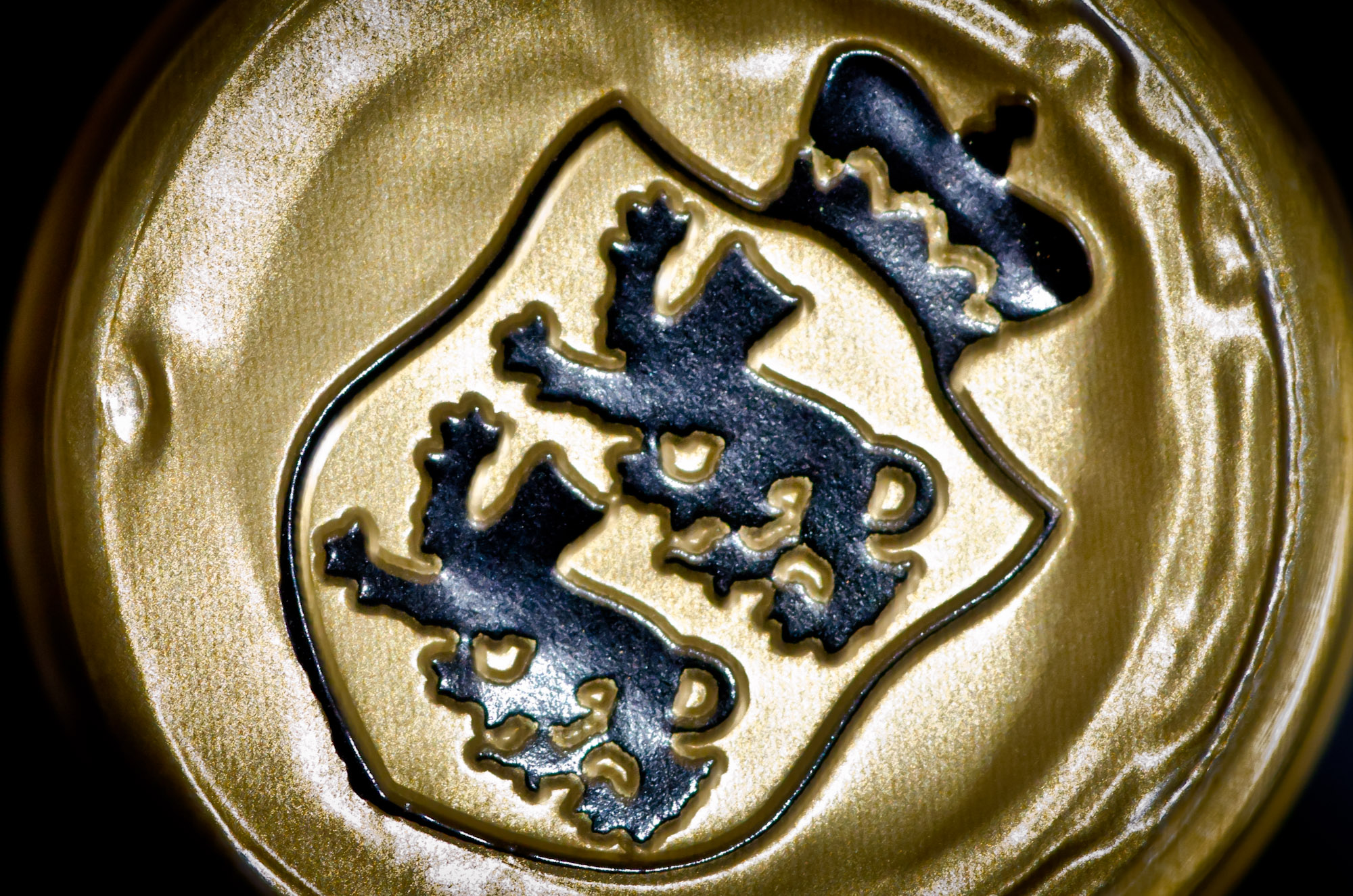Weingut Keller, Monsheimer Silberberg, Rieslaner Auslese, 2009
It's not a typo (my auto-correct feature suggests "Riesling" instead), I haven't had too much to drink (sadly), it's not a new marketing term (as you probably are not sure how to pronounce the full name of this beauty you may have figured this out on your own) --- Rieslaner is indeed yet another of those German grape varieties you may have never heard of. You don't have to be too confused though, as Riesling was in fact one of its parents. I'd like to think Riesling was the father, whereas the Silvaner grape surely must be the mother, but I am probably falling for half a dozen sexist clichés here. However, one cliché is true: this German wine is sweet indeed. Very sweet. And delightful!

So let me introduce you to the child of my two favourite German grape varieties, a bright and fun kid that just doesn't like to travel much from home.









